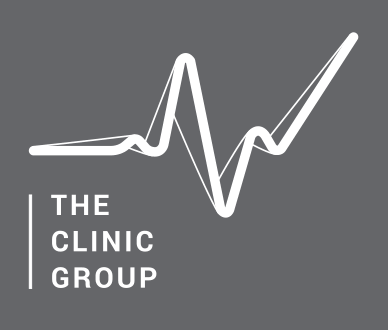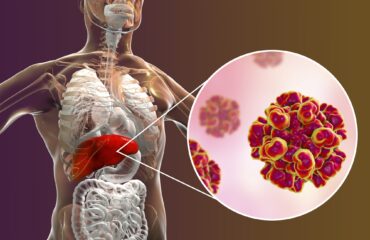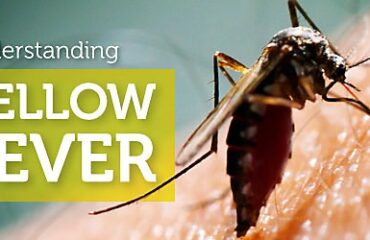Cervical Cancer: A Preventable Threat
Cervical cancer, once the third most common cancer in developing countries, still claims the lives of 500,000 women annually worldwide. Understanding this disease and its prevention is crucial for women’s health.
Screenings
Pap Smear: This test checks for abnormal cells in the cervix. It’s recommended every 3 years for women aged 21-65.
HPV Test: This test looks for the presence of high-risk HPV types in cervical cells. It’s often done with a Pap smear (co-testing) or alone for women over 30, every 5 years.
Visual Inspection with Acetic Acid (VIA) or Lugol’s Iodine (VILI): These tests involve applying a vinegar or iodine solution to the cervix to detect abnormal cells.
Vaccines
Cervarix: Protects against HPV types 16 and 18, which cause about 70% of cervical cancers. It does not protect against genital warts.
Gardasil 9: Protects against HPV types 6, 11, 16, 18, 31, 33, 45, 52, and 58. This vaccine covers more HPV types than Cervarix and provides protection against genital warts.
Protection Against Genital Warts: HPV types 6 and 11 are responsible for about 90% of genital warts cases. Vaccination with Gardasil 9 can provide protection against these types.
Vaccination Practices
Most countries primarily vaccinate women against HPV, as cervical cancer poses the greatest threat to them. However, when the goal includes protecting against genital warts, vaccination of men is also recommended.
Cervical cancer is a preventable disease. Vaccination and regular screenings are essential steps in protecting yourself and others from this potentially deadly cancer. Take charge of your health and talk to your healthcare provider about vaccination and screening options today.




